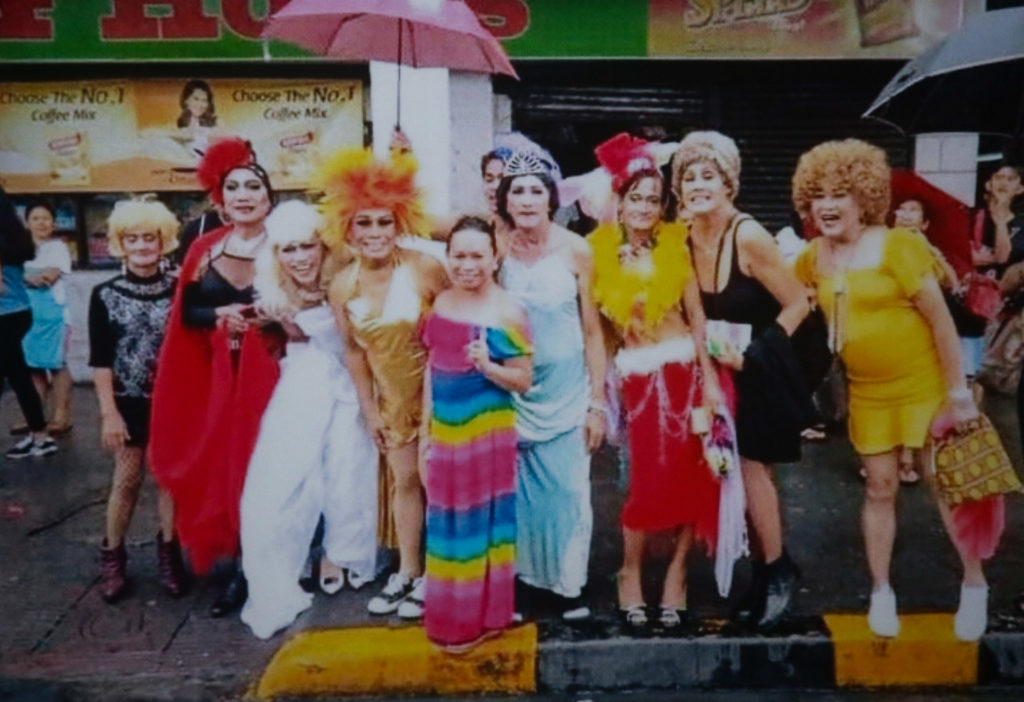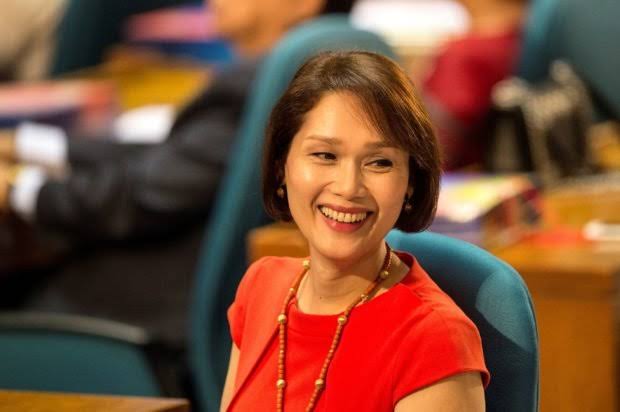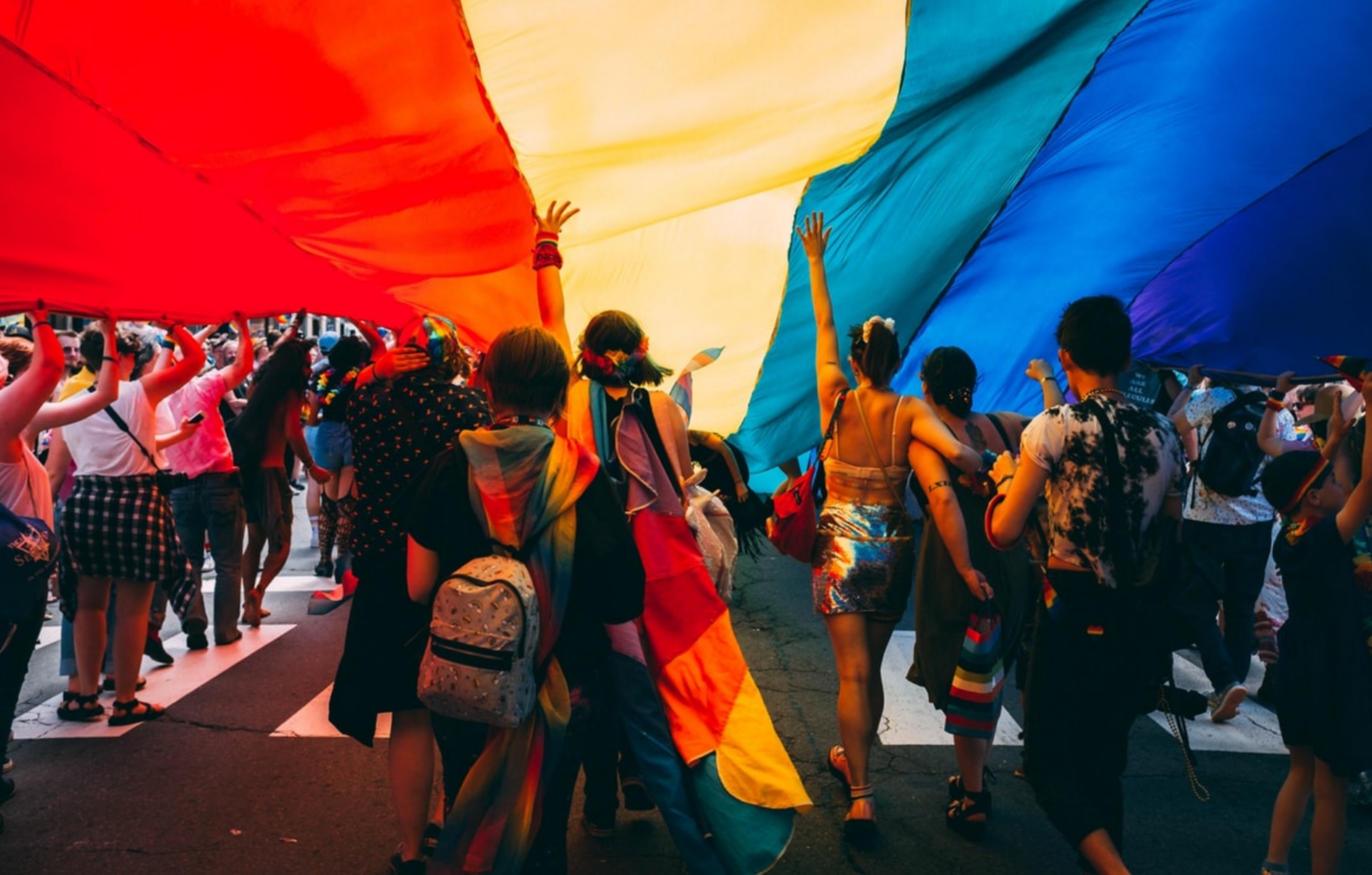It’s that time of the year again when rainbow flags are swaying in the air, and grand parades and vibrant performances fill the streets, marking another year of Pride Month.
But Pride Month is more than just these things, for many, it’s also a commemoration of the history, struggles, and milestones of the LGBTQIA+ community around the world.
Even here in the Philippines, the LGBTQIA+ community has a long history of visibility. From the pre-colonial period to the 21st century, let’s take a quick dive into the past and learn about the LGBTQIA+ history here in the Philippines. After all, what better way to celebrate Pride Month than learning the rich history of the community in the country, right?
Gender crossing practice during the pre-colonial period
According to the United Nations Development Programme’s report, the first account of gender crossing practices has been in existence way back, before the Spanish colonizers came to the country and these were exemplified by the babaylan, a community leader, priestess, and mystical healer during the pre-colonial period.

While babaylans were predominantly female, male babaylans also existed, which were called bayog from the Luzon society and asog from the Visayas area. These men did not only wear women’s clothing but they were also recognized and exercised the same rights as the female babaylans. It was also recounted that some male babaylans were free to marry and have sexual relations with men.
But this practice was put to a halt when the Spaniards arrived in 1521.
The establishment of Home for the Golden Gays in 1975
In 1975, Filipino columnist and LGBTQIA+ rights activist Justo Justo founded a non-profit organization called Home for the Golden Gays. The said organization served as a safe space and a loving home for the elderly and homeless gays.

Sadly, when Justo died in 2012, its care facility that was located in Pasay was forcibly shut down, causing its members to go back and live with their living relatives, while others were left wandering the streets.
The lesbian community’s fight for visibility during the 1980s-1990s
With gender-based oppression being prevalent during these times, the women’s movement also emerged in the 1980s to give light to women’s plight.
However, these movements also highlighted the struggle of Filipino lesbians, where they did not only experience discrimination against men, but also felt excluded in the women’s movement because they do not adhere to the heteronormative standards imposed by the patriarchal society.
According to a study, it was only in the ‘90s that Filipino lesbians became visible and recognized in the women’s movement. In fact, in March 1992, a lesbian organization called The Lesbian Collective joined the International Women’s Day march, making them the first sector LGBTQIA+ community to participate in a protest.
The emergence of LGBTQIA+ organizations in the 1990s
The Lesbian Collective wasn’t the only LGBTQIA+ organization that was established in the ‘90s.
In 1992, the University of Philippines (UP) Babaylan was established, making it the oldest LGBTQIA+ student organization in the Philippines. In the same year, Progressive Organizations of Gays in the Philippines, also known as ProGay Philippines, was also formed.
This decade also saw the rise of lesbian organizations, such as Cannot Live In a Closet (CLIC), Lesbian Advocates Philippines (LeAP!), and Lesbians for National Democracy (LESBOND).
The 1994 and 1996 Metro Manila Pride March
The Philippines commemorated the 20th anniversary of the Stonewall Riot by holding the first-ever Pride March in 1994, which was organized by ProGay Philippines and the Metropolitan Community Church (MCC). This was the first Pride March to be held in Asia.
In 1994, Pro-Gay—a national democratic organization of queer individuals in the Philippines—and MCCP, organized the very first Pride March in the Philippines, and in the entire Asia-Pacific.
It was dubbed Stonewall Manila, in honor of the Stonewall Riots exactly 25 years prior. pic.twitter.com/rv4PHAxdFj
— Bahaghari (@Bahaghari_PH) October 31, 2020
Two years later, the 1996 Metro Manila Pride March happened. And this time, it was organized by ReachOut Foundation.
As per INQUIRER.net’s report, some considered the 1996 demonstration as the first Pride March in the country as it was not only organized by a huge queer community but also managed to gather even more participants.
The earliest version of the SOGIE Equality Bill in 2000
The call for equality and acceptance had become stronger when the 21st century came.
In 2000, late senator Miriam Defensor Santiago and then-Akbayan representative Loretta Rosales filed the earliest version of the Sexual Orientation and Gender Identity and Expression (SOGIE) equality bill in the 11th Congress, which was called the Anti-Discrimination bill (ADB). But the bill didn’t pass into law immediately.
The bill was filed again in the 14th, 15th, and 16th Congress, but the bill only passed its third and final reading in 2017.
And in 2016, Senator Risa Hontiveros filed the first Senate version of the SOGIE equality bill, but the Senate put it on hold until now.

Ang Ladlad as the first LGBTQIA+ political party to appear on the 2010 ballot
In 2010, Ang Ladlad was the first-ever LGBTQIA+ political party to participate in the 2010 elections. The party, however, wasn’t able to snatch a seat in Congress.
Then in 2013, Ang Ladlad ran once again, but they still failed to reach the optional 2% threshold.
Rep. Geraldine Roman as the first transgender representative in the Philippine Congress in 2016
In 2016, a member of the community has broken the barriers in the Philippine Congress as Bataan Rep. Geraldine Roman became the first transgender to be elected to public office.

Since being elected, Roman is among the lawmakers who have been pushing for the passing of the SOGIE equality bill in the country.
Looking back on the history of the LGBTQIA+ community here in the Philippines, it’s safe to say that while we have made some progress, we, as a society, still have a lot of work to do to ensure the community remains visible and equal rights must be recognized under the Philippine law.
That’s why this Pride month (and every day, too), let’s celebrate it by supporting the community and calling on the government to make equality a reality.
Happy Pride Month, everyone!
Other POP! stories you might like:
15 books with LBTQIA+ stories to read this Pride Month
12 Local queer-owned businesses to support beyond Pride Month
Just a reminder that Pride Month wasn’t made for your ‘hetero clout’



